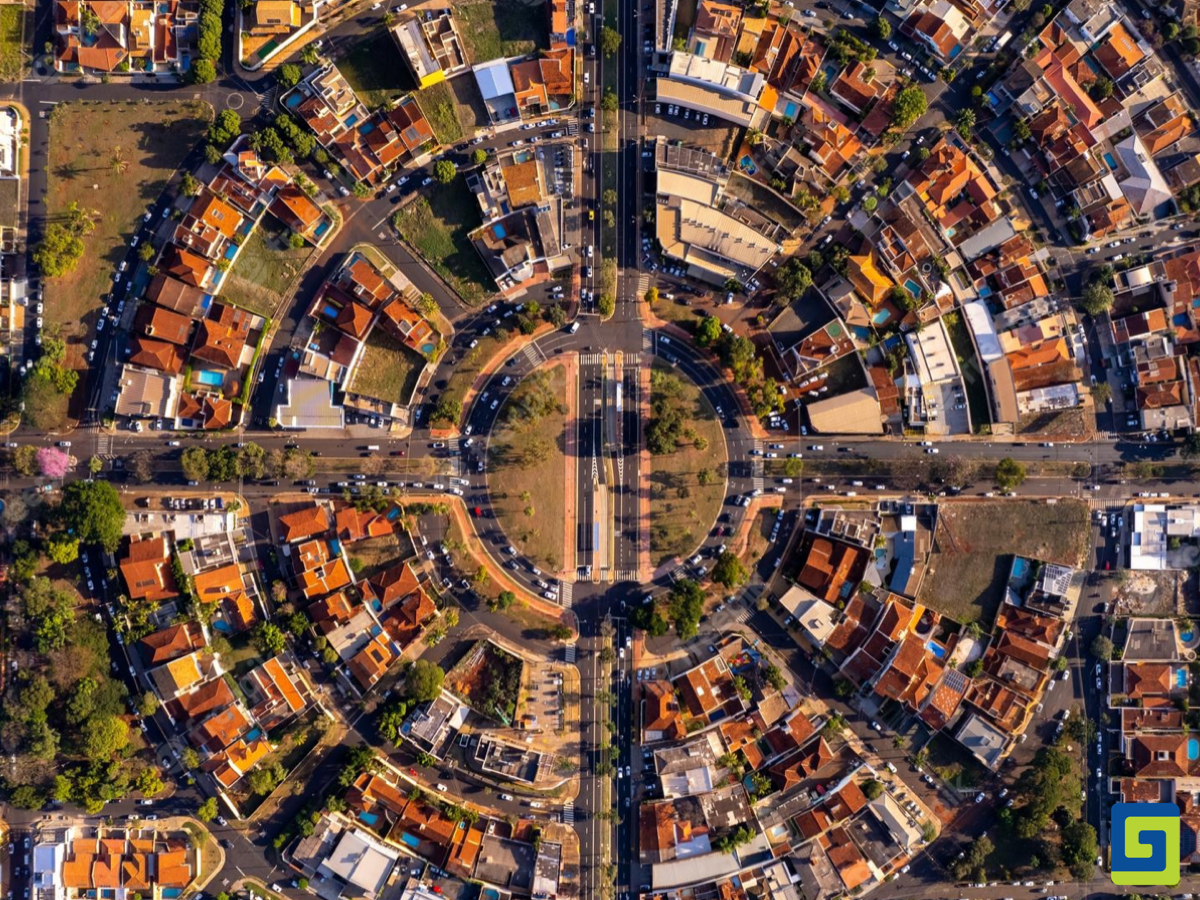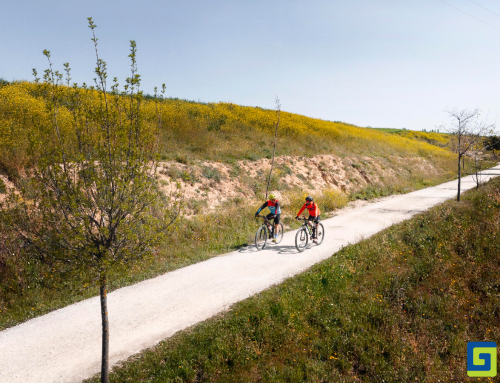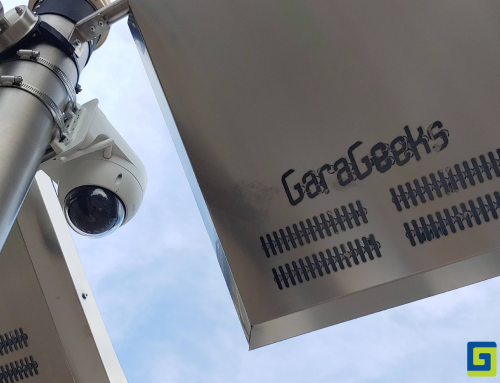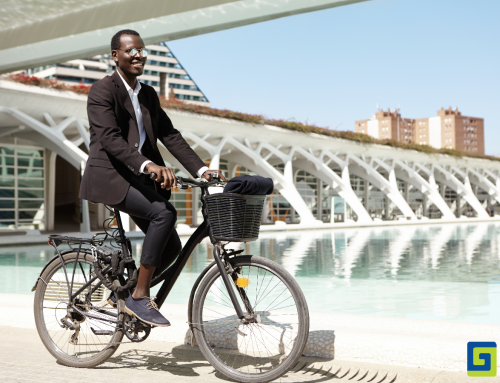It has been talked about for a century now, but few realities have succeeded in putting this urban construction into practice: today something is moving in Italy.
The concept of the 15-Minute City has a long history behind it, going back as far as 100 years: it was 1923, when it was first proposed at a national architecture competition held in Chicago. The goal of that competition was to design new residential neighborhoods characterized by strong compactness and careful distribution of activities so that every citizen could access all the services he or she needed within a limited 15-minute walk. Today, a century later, the idea of the 15-Minute City is enjoying renewed interest around the world because of its ability to combine efficient, quality urban living with a reduction in car dependence and the resulting environmental impact.
The concept of a 15-Minute City is to devise an urban format consisting of self-contained communities in which residents can reach all services and daily activities on foot or by bicycle, within a distance of less than a quarter of an hour. The ultimate goal of the proposal is to reduce the use of transportation and the resulting pollution by promoting the development of infrastructure close to homes, such as stores, offices, parks and services. This approach appears to have already been adopted in many European cities, such as Paris, Amsterdam and Hamburg, to achieve positive results in both ecological and social terms. In Italy, Milan was among the first cities to embrace this project, with the presentation in 2020 of the Milan 2030 Strategic Plan, aimed at achieving 44 15-minute communities by 2030.

In a 15-Minute City, social functions are fundamental, as its organization is designed to meet the needs of citizens within a short distance, generating greater well-being for urban communities:
1- Sharing of public spaces that should be accessible to all and encourage meeting and socializing among citizens.
2- Accessibility to essential services such as stores, pharmacies, schools, hospitals and public transportation.
3 –Promotion of active and sustainable living, such as through the creation of bicycle lanes, pedestrian paths and parks.
4 – Supporting communities that could easily become self-organizing communities with a strong identity and sense of belonging.
5- Reducing the social divide by providing affordable housing and social services accessible to all.
6- Stimulation of the local economy through proximity between economic activities and residence.
7 – Increased urban safety with more walkable spaces and more active communities.
The French example
Anne Hidalgo has been mayor of Paris since 2014, and has quickly distinguished herself for her focus on environmental protection and urban sustainability. Her policy focuses on the concept of proximity, which aims to encourage citizens of Paris to walk or bike to all essential services, such as hospitals, restaurants, parks, and art spaces, which will be concentrated in areas 15 minutes away from the center of neighborhoods. This vision also extends to schools and workplaces, with the goal of reducing traffic and pollution in the city. In this way, Anne Hidalgo seeks to bring about a “bicycle revolution,” a positive change toward a sustainable future for the city of Paris.
Between 2015 and 2020, Paris Mayor Anne Hidalgo took a first step toward green change in the French capital. With an investment of 150 million euros, she built more than 1,000 kilometers of bike lanes, leading to a 60 percent increase in bicycles on the road in the city. Hidalgo’s goal is to make Paris a fully bicycle-friendly city by 2024, the year the city will host the Olympics. This will allow the city to present itself to the world as an eco-friendly and sustainable city.
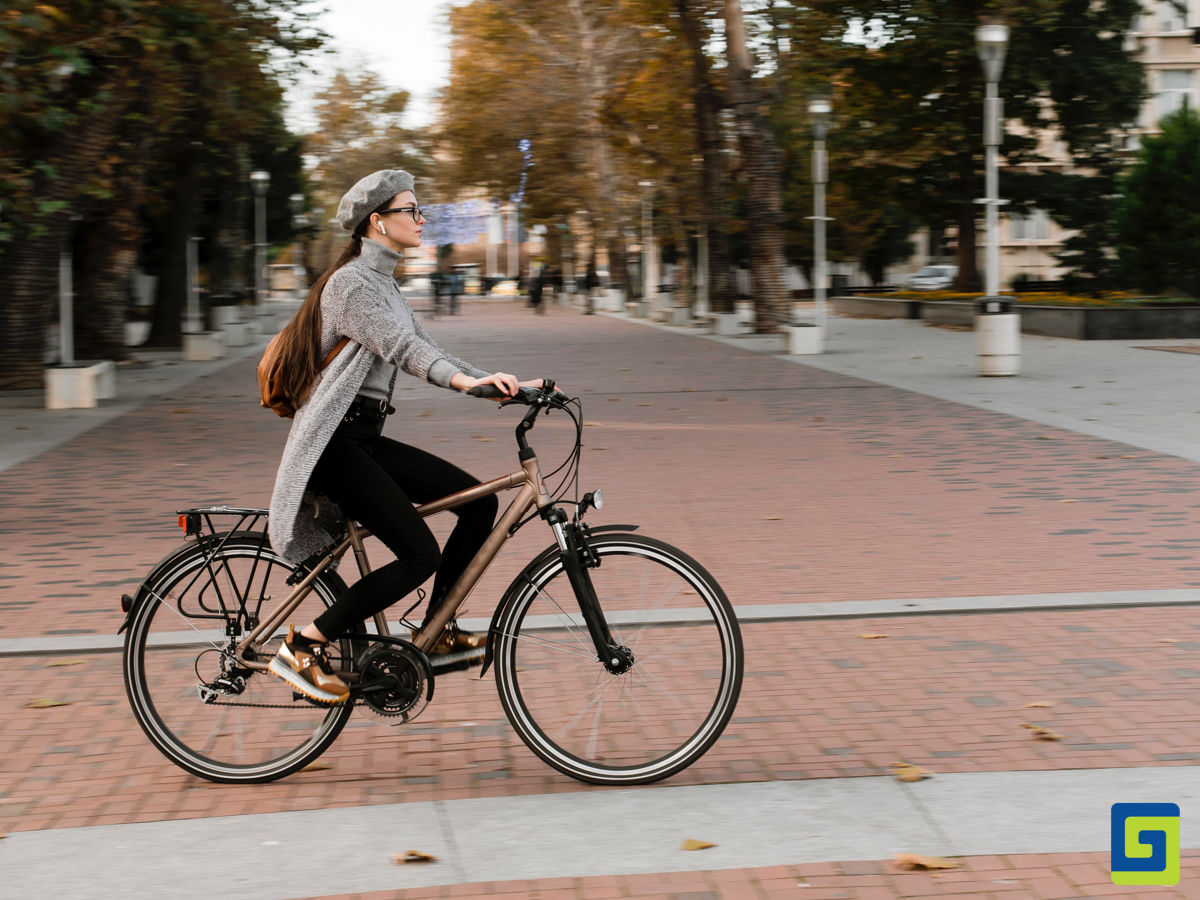
Rome is one the move
The first steps are also being taken in Italy: the example is the “15 Municipalities 15 Projects for the City in 15 Minutes” project devised by the Campidoglio, which provides funding of 22.5 million euros. The allocation is 22.5 million euros for the first regeneration interventions in 15 specific territorial areas. These areas include Prato Falcone in City Hall I, Villaggio Olimpico in City Hall II, Tufello in City Hall III, Settecamini in City Hall IV, La Rustica in City Hall V, Zona dei Colli in City Hall VI, Gregna in City Hall VII, Valco San Paolo in City Hall VIII, Spinaceto in City Hall IX, Ostia Antica in City Hall X, Magliana in City Hall XI, Monteverde Quattroventi in City Hall XII, Montespaccato in City Hall XIII, Palmarola in City Hall XIV and Labaro in City Hall XV.
By the end of 2022, 15 professionals selected by a public notice have been directly commissioned to draw up an urban redevelopment master plan and a Technical and Economic Feasibility Project for a selected public work. Following a phase of discussion with the Municipalities, the commissioned designers are working on the drafting of the masterplan focusing on the priority objectives and strategic interventions indicated by the Administration. Initial proposals have been shared with the Municipalities. The goal is to identify priority public interventions for the urban redevelopment of the study area, including bicycle and pedestrian connections, redevelopment and enhancement of green areas and public spaces.
Solution by GaraGeeks
GaraGeeks makes it possible to equip cities with green solutions for light electric vehicles.
Stop&Charge Shelter, for example, is a 100% solar-powered charging shelter for bicycles, scooters, and electric wheelchairs that requires no digging or connection to the public power grid. Perfect along bike paths or off-trail routes in the hills or mountains to encourage city micro-mobility, bicycle commuting and bicycle touring, it features a bench and smartphone charging points and Wi-Fi Internet access. Shelter was awarded by INVITALIA and the Ministry of Culture for its ability to promote cycling tourism and make it accessible to all age groups.
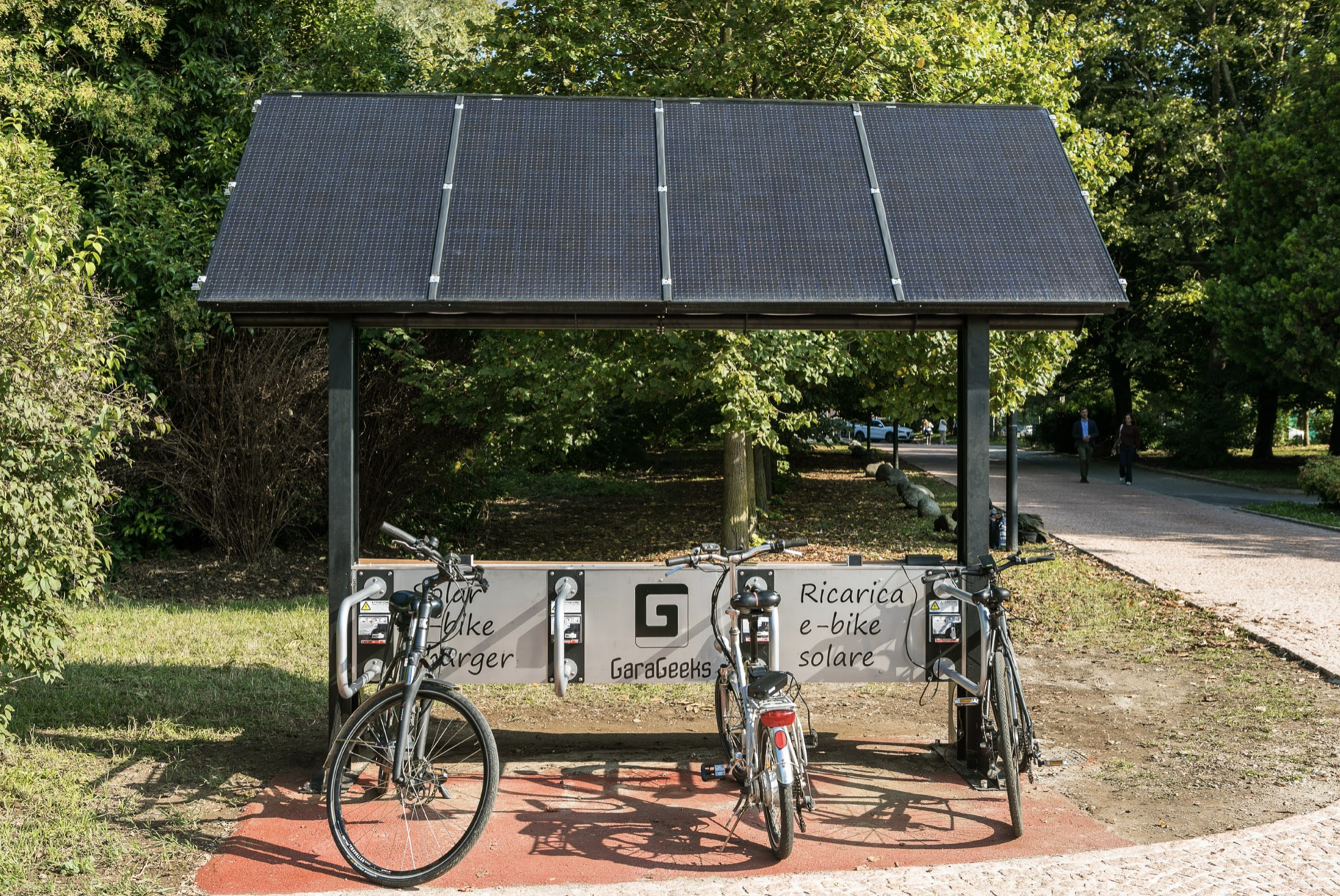
Stop&Charge Solar 2.0, on the other hand, can make bike lanes smarter and safer. It is a 100% solar-powered charging station, a multifunctional tool with video surveillance and emergency call button, also monitors air quality, and does not require connections to the public power grid. It can also recharge smartphones, e-bikes and other vehicles up to 300W, have a large information surface, have Wi-Fi internet access, and also configure itself as an illuminated landmark for those riding on bike paths. Solar 2.0 is made of durable materials such as stainless steel, birch wood and Corian, and the supply chain is 100 percent Italian.
By equipping Stop&Charge Shelter and Stop&Charge Solar 2.0 by GaraGeeks, an important service is offered to citizens: companies, municipalities, public administrations and institutions can also do so thanks to the funding calls made available periodically to benefit from economic support and facilities.
Want to find out more about GaraGeeks and environmental sustainability products? Contact us.

